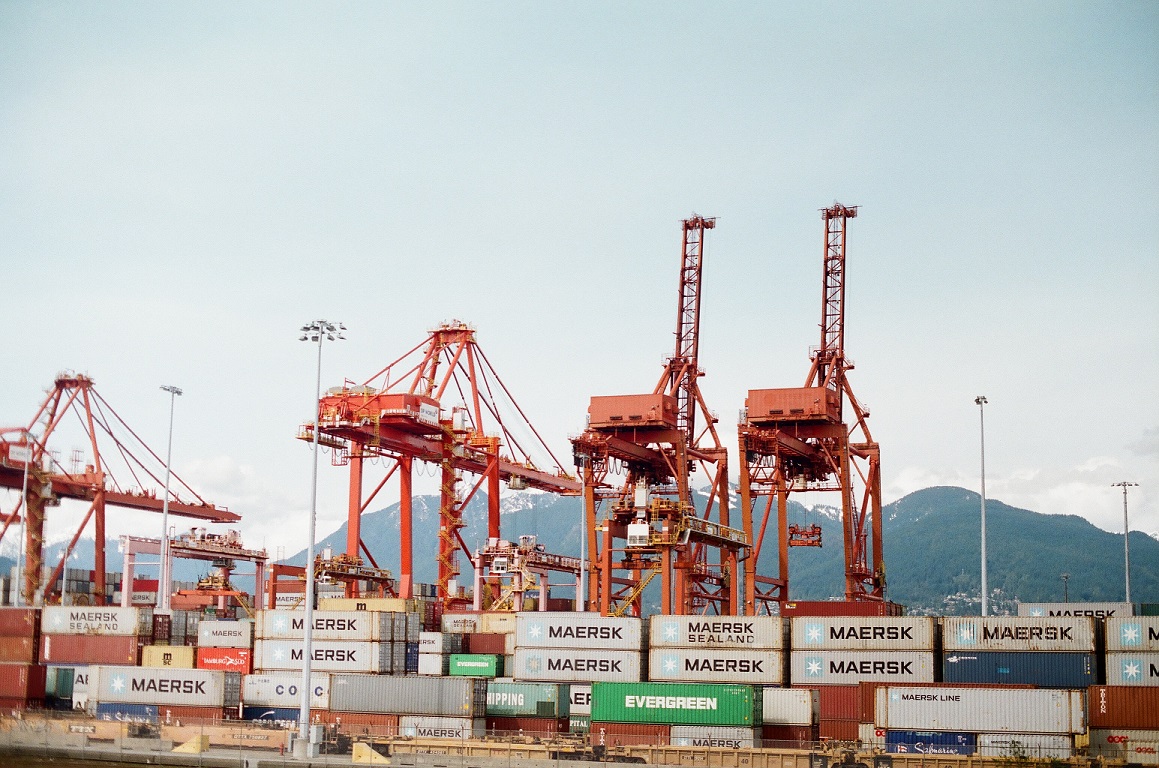
Indian Agriculture primarily suffers on two counts: i) lack of demand driven crop production plan and ii) mindless exports/imports of agri produce. This is evident on the regular gluts of certain commodities in every crop season leaving huge gaps for others and so also misadventure in more of imports and sudden fly-by-night exports. This is evident from the fact that Rice and Sugar together contributed Rs 4,559 crore (over 95%) in total increase of agri commodities export during April to June 2020.
Though India fairly excels in production of cereals (rice, wheat) but miserably fails in Pulses and Oilseeds where the productivity is far lower than China, Brazil and many other countries. India has the distinction of growing Rice in 44 million hectares with annual production of 117 million metric tons of which 9.8 million tons are exported, making it world’s largest in terms of both area and export volume. In contrast, China grows Rice in 31 million hectares with annual production of 207 million tons, keeping export as low as 2.7 million tons and at the same time resorting to imports of rice.
Pertinent Question: Who stands Smart in Agri Export?
The Clue: To produce 1 kilogram of Rice, 3000 litres of water are required. (Bouman, 2009) and irrigation is mostly done through pumping of groundwater, consuming 13% of total energy required for rice besides use of tons of chemical fertilizers and pesticides affecting soil health and environment.
The Lesson: India may cut down Rice area by 10 million hectares; introduce Hybrid Rice to take the production to 200 million tons and keep both export-import windows open.
Secondly, India is the second largest producer of sugarcane next to Brazil and at the same time, one of the largest exporters of sugar, worldwide. To produce 1 kg sugar, it requires 2515 litres of water (CACP). Paradoxically, people living in Maharashtra, one of the largest sugarcane growing state pay around Rs.1,000 to get 2,500 litres of tanker-water for household uses – the same quantity as required to produce 1 kg of sugar. In such a situation, should India continue to export sugar at the cost of precious water reserve and growing soil health menace and polluting water-bodies?
Way Forward – Road to Smart Agriculture
Oilseeds and Pulses, the major sources of vegetable oil and protein are most suited for Indian soils and range of agro-climates. Oilseeds crop, on an average, requires 900 litres of water for 1 kg worth produce. Whereas Pulses, the far more water use efficient crop just requires 50 litres of water to realize 1 kg produce. So, India as a policy must put emphasis on low water demanding high value energy crops with rational allocation of irrigated areas to overcome chronic shortages and mop up sizable revenues from exports.
India spends over Rs. 70,000 crores to import about 15 million tonnes of edible oil making it one of the biggest buyers of edible oil. In fiscal year 2019, India imported Pulses worth over Rs. 8000 crores though there was a considerable drop from the previous years. Notably, 70% of freshwater used in agriculture demands judicious allocation to high value but low water demanding crops transforming India from net importers of Oilseeds and Pulses to leading exporters and make India Superpower in Agri Exports.
Dr Mukti Sadhan Basu is a former director of the National Research Centre for Groundnut, Indian Council of Agricultural Research. He was also International Consultant on Aflatoxin Management, UNIDO and worked in Africa in that capacity. Presently he is Managing Director of SBSF Consultancy.